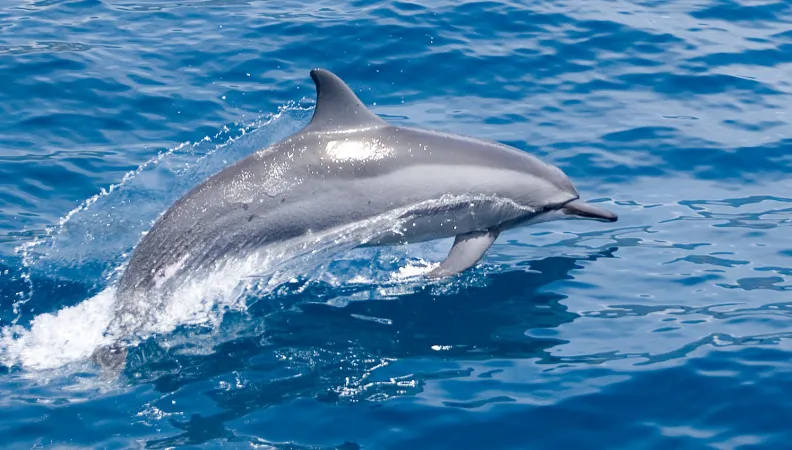Share the page
Boosting Blue Finance to Protect the Oceans
Published on

Earlier this summer, Costa Rica hosted the Immersed in Change conference, which is part of the collective effort to call for the protection of oceans. AFD’s deputy head of Sustainable Development Solutions tells us why the involvement of organizations like AFD is crucial for protecting the oceans.
Why is this ocean summit in Costa Rica important?
Emmanuel Baudran: International support for ocean conservation has been growing since 2022, and AFD was a partner of the Immersed in Change conference in Costa Rica on June 7 and 8, an important step forward in mobilizing the international community. The summit was also an opportunity to consolidate the partnership between France and Costa Rica on environmental issues.
This alliance has given rise to a number of concrete initiatives, such as the mangrove protection projects supported by the French Global Environment Facility (FFEM) and AFD’s public policy loans to support Costa Rica’s national decarbonization plan.
See also: “Development Banks Work together to make the Oceans a Priority”
What is AFD doing to protect the oceans?
Currently, around 7% of AFD’s portfolio, representing around €850 million in annual investment, is allocated to the oceans; and over 60% of these investment projects are having a positive impact on marine environments. These initiatives involve reducing plastic waste in Indonesia, conserving mangrove forests in Senegal, managing Sargassum algae in the Carribean, managing fishing fleet waste with the Association of Southeast Asian Nations (ASEAN), promoting Nature-Based Solutions (NSBs) in the Pacific region via the Kiwa Initiative, and developing integrated coastal zone management in the Indian Ocean with the Indian Ocean Commission (IOC).
Expertise France is also renowned for its work on maritime safety, plastic debris management and support for small island territories. For its part, Proparco initiated the Group’s first blue line of credit in China in 2022.
In 2019, AFD set itself apart by becoming one of the first development banks to develop an ocean protection strategy. For AFD, this summit was an opportunity to tell the world that we can do better. To this end, we are deploying a blue action plan with clear objectives: developing “Ocean Positive” projects, which will involve stricter requirements in terms of their positive impact on marine environments, supporting public policies that incorporate marine issues, and mobilizing blue finance tools, particularly blue carbon credits and blue credit lines.
See also: The Dangers facing the world’s small island states and how we can help
To do better, we must also expand our range of support in strategic sectors such as reducing plastic pollution, decarbonizing maritime transport, preserving protected marine areas, supporting small-scale coastal fishing and developing climate change adaptation measures in coastal cities.
More broadly, in terms of biodiversity, AFD set a target to invest €1 billion in biodiversity financing by 2025, and had already achieved this goal by 2023. Around 30% of this biodiversity financing has been granted to marine environment projects.
Which project or initiative reflects this new approach in particular?
In San José, we were delighted to announce that AFD has launched a new program: the Blue Carbon Facility. Blue carbon is the generic term used to describe carbon sequestered by marine ecosystems, including coastal ecosystems such as mangroves, seagrass beds and coastal marshes.
These three types of highly productive ecosystems can store up to four times more carbon per unit area than terrestrial forests, and therefore play an essential role in carbon sequestration.
However, they are also critical to climate change adaptation, protecting the coastline, and serving as reservoirs of biodiversity and sources of food for coastal communities. Nonetheless, they are under threat the world over due to various aggravating factors that have been well-documented, such as urbanization, pollution, aquaculture and climate change.
This facility of €6 million will help lay the ground for protecting marine ecosystems over the long term, by focusing on three key and complementary areas: improving knowledge, integrating this issue into public policy and trialling new financing mechanisms.
